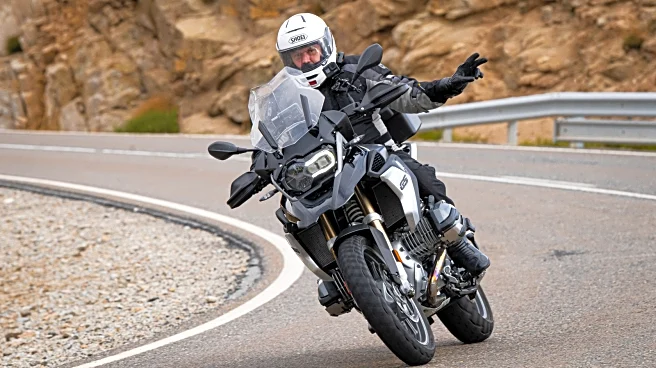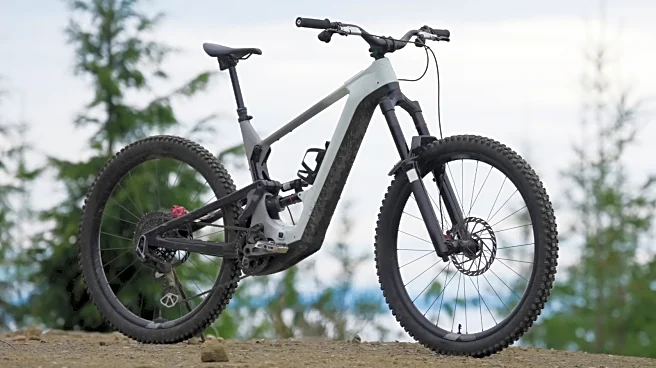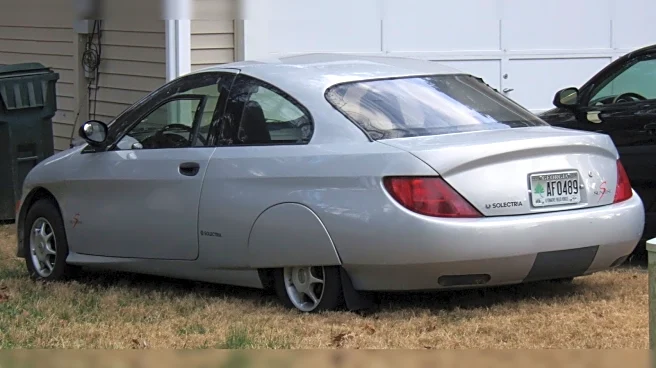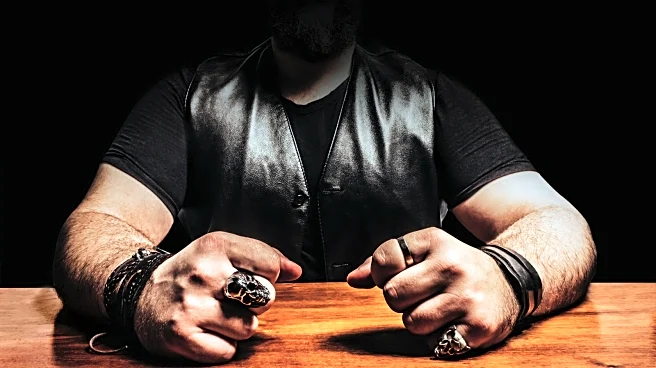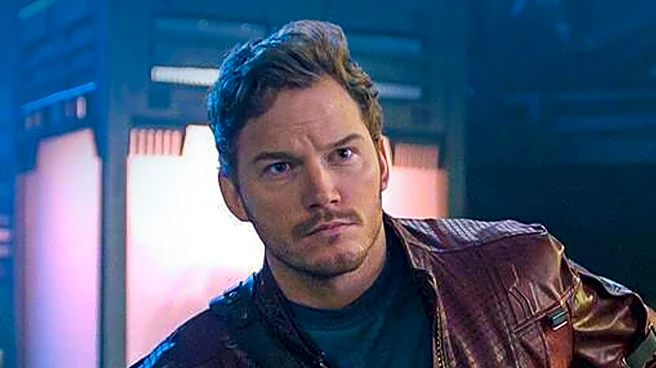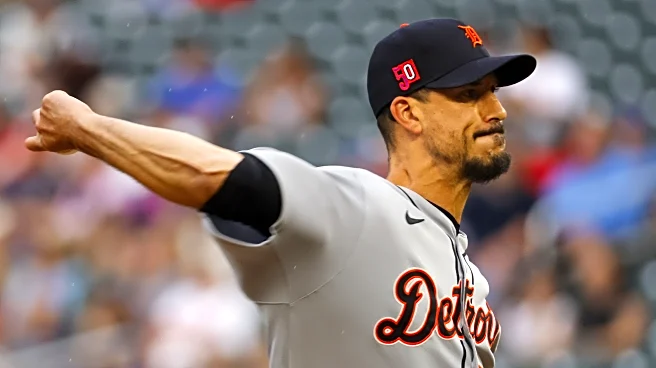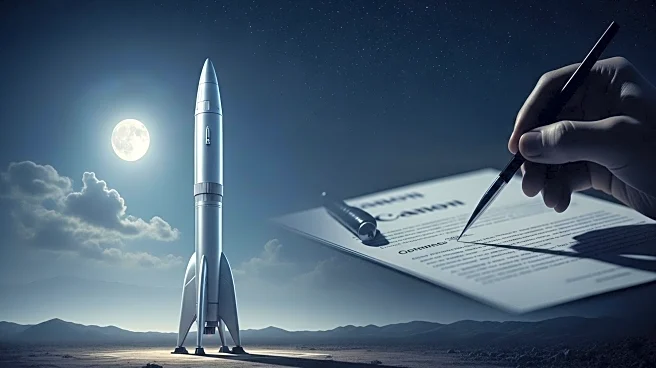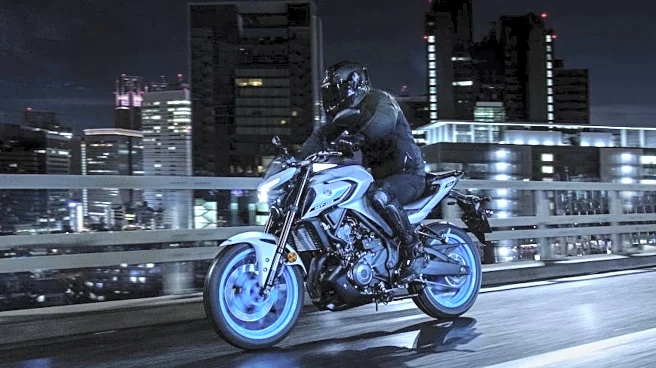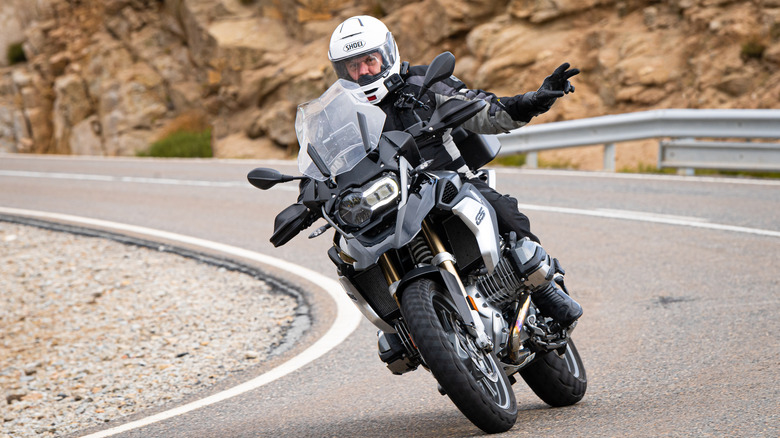
I'd been riding motorcycles for years before I knew that two fingers down had a hidden meaning. I always thought it meant "peace" but that might've been a result of my parents being a bit hippie-adjacent. Eventually I discovered that while it still means "peace" in some circles, in the motorcycle world, two fingers down has some more-specific meanings.
Typically, motorcycle riders will give the sign while riding past each other in opposite directions. They've both picked a dangerous but rewarding
form of transport so it's tacit approval of other riders really. It's a gesture of acknowledgement, recognizing that they're in the same club, regardless of what brand of two-wheeled transportation each rider is on. And that's the genesis of the first meaning: two wheels down. Two fingers represent keeping two wheels on the ground. The alternative? Falling over and the wheels losing contact with the ground -- pretty dramatic symbolism if we're being honest.
It's also used as a "Thank You". In California, where lane-splitting (also known as lane sharing) is legal, riders often wave the peace sign to drivers that move over in their lane and allow for an extra bit of space. In both rider-aknowledgement and "thanks for moving over!" scenarios, it's not always possible for the rider to remove one hand from the handlebars, so sometimes a nod or a thumbs up is the best we can do, but the extra space is always appreciated.
Read more: 13 Of The Best Motorcycles For Riders Over 50
There Are Lots Of Other Hand Signals For Motorcycle Riders
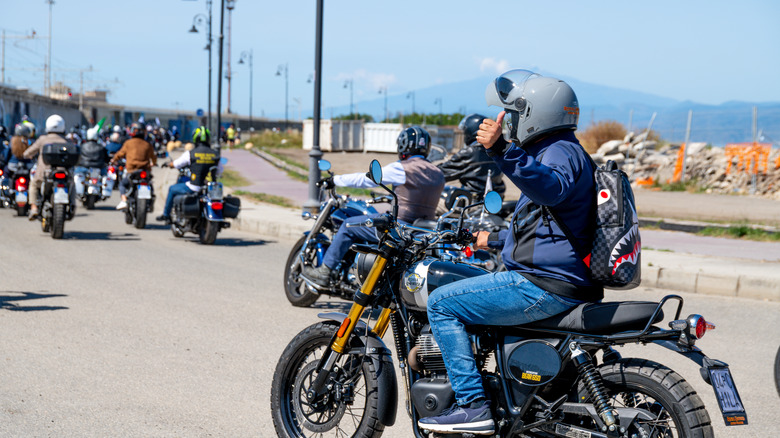
There's a long list of hand signals that motorcyclists use on the road, several of which mirror hand signals for automobile drivers (like signaling left- and right-hand turns or stopping). But here are some other common hand signals you might strictly see motorcycle riders making, and the meanings behind them. Fun fact: All these signals can give automobile drivers a heads-up too, so keep a watchful eye on nearby two-wheeled enthusiasts.
Pointing a foot at the road, refers to some sort of hazard in the road. Generally it's for pointing out something like gravel, dirt, or oil that can upset a motorcycle's handling. In extreme scenarios, it's something you'll need to swerve to avoid, and that's where the next signal comes in. Then, there's slow down (done with the hands facing down). If there's an accident ahead, construction, or something big and unavoidable in the road, this is the signal you'll probably get from riders. Like they're over-dramatically patting a dog on the head for a job well done, this signal is used to help keep other riders and drivers safe.
Patting your head/helmet, is pretty simple, as it means cops are ahead. Motorcycle riders can get a bit enthusiastic with acceleration so it's appreciated when someone else points out that law enforcement is waiting around the bend. If you see someone on a motorcycle signal this, it might be wise to compare your speedometer to the posted speed limit.
Want the latest in tech and auto trends? Subscribe to our free newsletter for the latest headlines, expert guides, and how-to tips, one email at a time.
Read the original article on SlashGear.
